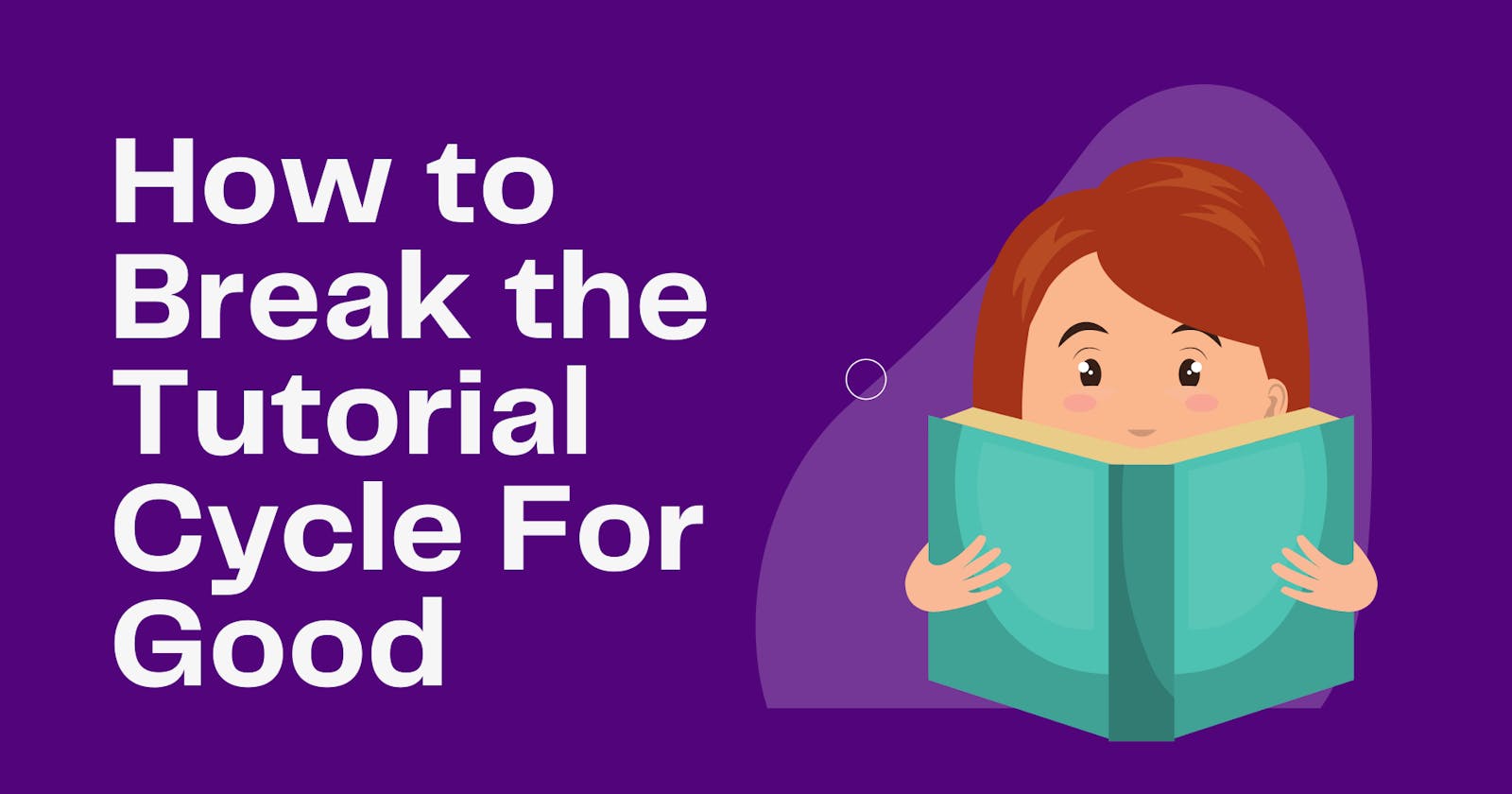Stop Watching Tutorials and Start Writing Your Own Code With These Five Tips
When you’re learning how to code, it’s easy to think, “just one more tutorial.”
But how many tutorials is enough?
I started my coding journey taking courses on Udemy and I quickly discovered I was going to have to do more than tutorial projects to really hone my skills.
Courses on Udemy or tutorials on YouTube can act as a springboard, but they’re no substitute for writing your own code.
These five tips will help you take back control, break out of the tutorial cycle and start building projects on your own.
1. Make a commitment
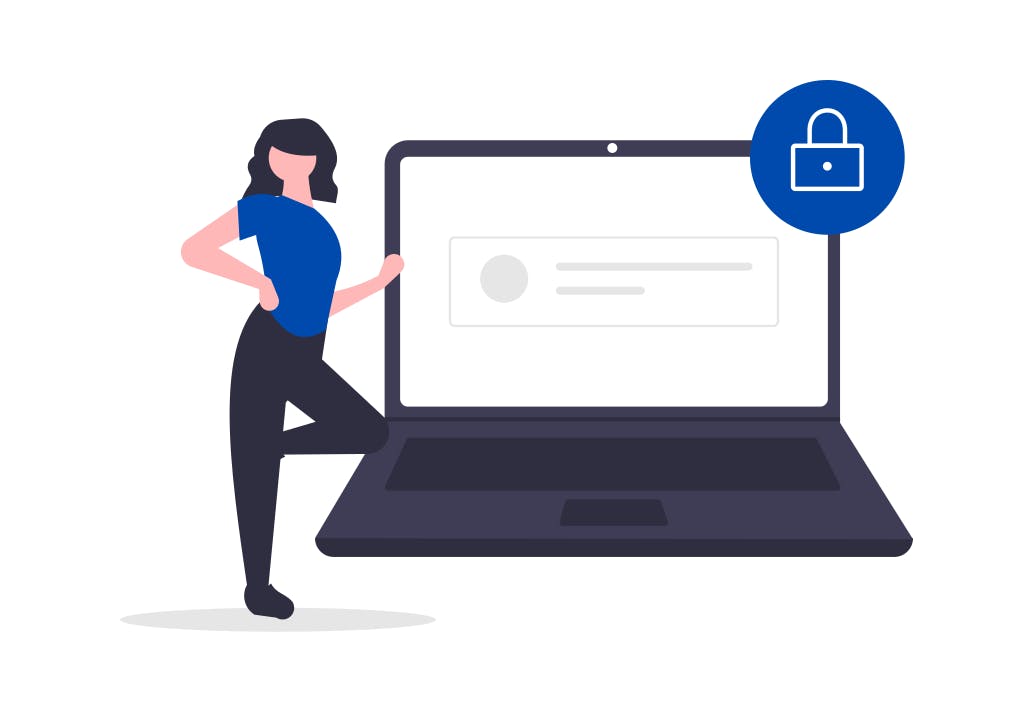
The French philosopher Jean-Paul Sartre said that "commitment is an act, not a word."
The first step as a beginner is to become aware of just how much time you are spending on tutorials and then to commit to breaking that cycle.
You should start by making your workspace distraction-free and conducive to working independently. If you need to, use an add-on to block the websites you typically use for tutorials, like YouTube or Udemy. You can even set up a separate desktop for coding or use a popular add-on like Cold Turkey or Focus to streamline your workflow.
In-app notifications or emails can also entice you away from your work. Be aware that many learn-to-code sites, apps, or free bootcamps send out newsletters that often include tutorials. Instead of viewing them right away, set aside a designated time to do it and don’t fall for FOMO, or fear of missing out, if you see something that interests you.
2. Look for inspiration

One of the biggest reasons you feel stuck is because coming up with your own ideas is hard. It’s so hard, in fact, that some of the world’s most famous inventors didn’t make their greatest discoveries until they were in their 40s, or beyond.
You may think there are no 'new ideas' but in fact there are new iterations of the same idea or concept all the time. A quick search on the Google App Store reveals dozens of meal-ordering apps, for example. They are all slightly different, with their own features and quirks. So don't let fear of imitation hold you back.
Here are four popular brainstorming techniques for generating project ideas:
- Mindmapping: a way of visually organizing ideas to show the relationships between them
- Storyboarding: writing ideas down on sticky notes and then later arranging them into a specific linear order
- Rapid ideation: brainstorm and write down as many ideas as you can within a set timeframe (ie. two minutes)
- The Five Whys: start with a problem or question you want answered and drill down to its root by asking targeted "Why?" questions
There are also many excellent websites for design inspiration, such as Dribble or even Pinterest. Spend some time thinking creatively and admiring others’ work. And remember, in the brainstorming phase, no idea is a bad idea.
3. Start small
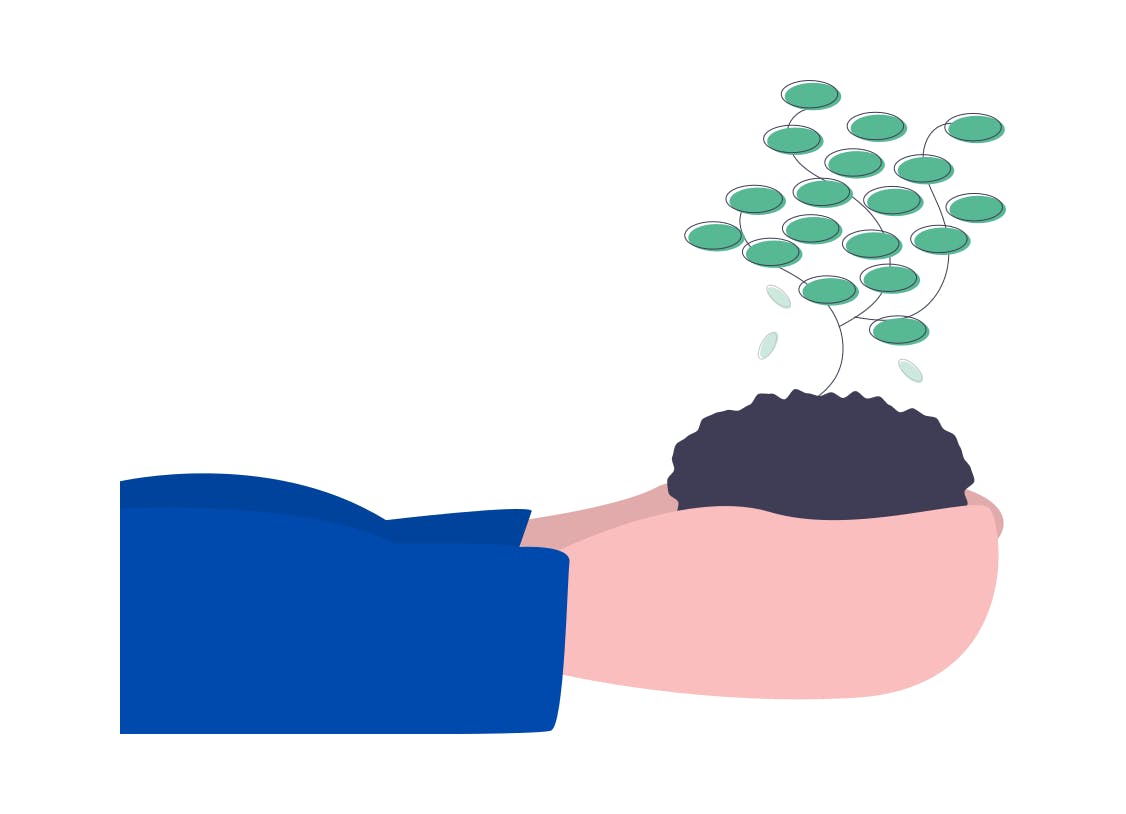
The key to designing a project you can finish when you are a beginner is to start small. It should be something that appeals to you, that you will have the passion to finish. As a beginner, it’s much better to create one, smaller project with polished features than many incomplete ones.
You may find yourself continuously wanting to add more to your project, which can fuel an addiction to tutorials. Instead, try to commit to a set of “core” features that you will ensure are completed, and a timeline for finishing them. You can add a list of optional ones that you will work on, but only if time allows.
How do you know when a project is finished? This is where project management skills come into use. In its simplified form, a project has three main stages:
- Planning stage- This is when you create a list of goals you want to achieve + define the scope of your project.
- Building stage- Now you either build the project yourself or delegate tasks if you’re working on a team.
- Assessment stage- This can be a simple reflection on what went right/wrong in your project. It may include gathering feedback from your audience or other members of your team.
There are many more in-depth project templates available online but you really only need to remember these three stages if you’re a beginner.
4. Block out time for learning/watching videos
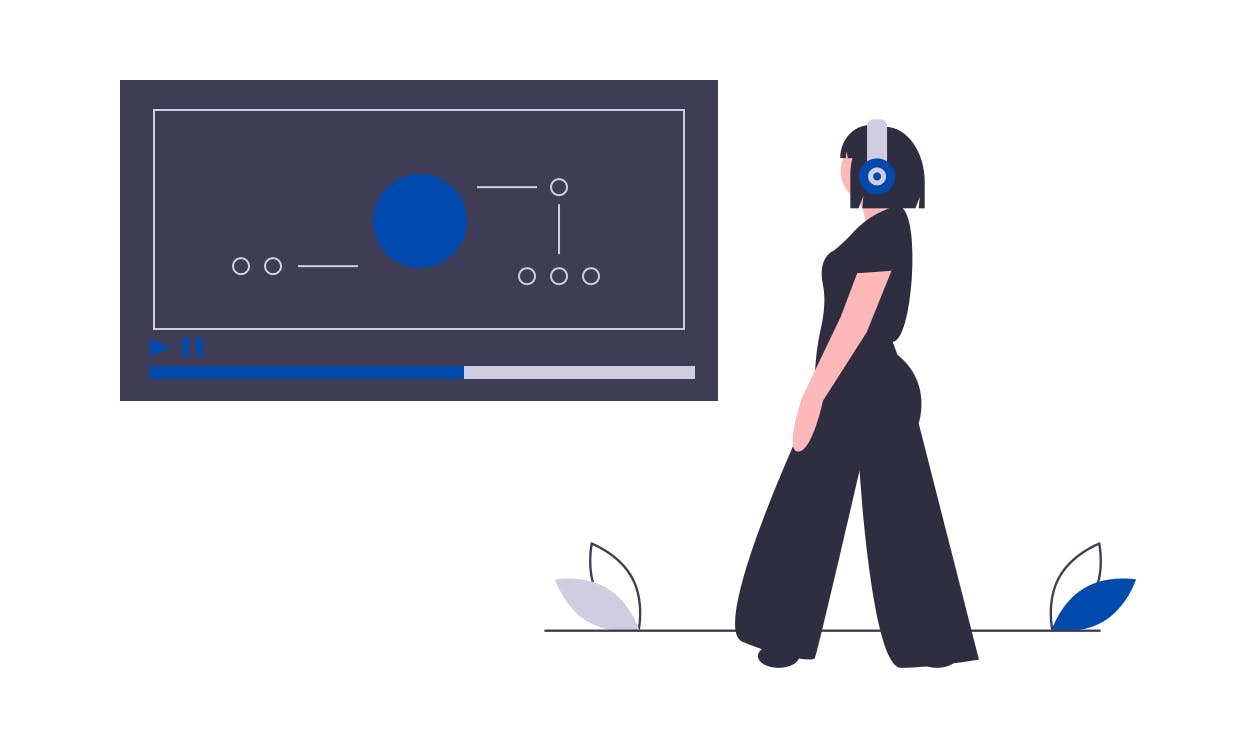
Starting your own projects doesn’t mean never watching another video or taking another course. Rather, it means approaching these learning tools with purpose and intention.
Keep a list in your notes of concepts or ideas you’d like to research more when you have time. It’s easy to do a quick Google search to double-check syntax but once you need to spend more than five minutes looking for an answer, consider whether it needs to happen right now. Don’t let the search for more information break you out of your coding flow, if you can help it.
Ever heard of a spiral curriculum? It’s a term used in pedagogy to explain the idea that you need to revisit a concept multiple times in order to truly understand it. Many coding beginners get hung up watching the same videos over and over because they’re worried they can’t move on until they’ve mastered a subject. But the truth is, you can often work around gaps in your knowledge and then slowly fill them in over time.
5. Be smart about asking for help

We all need help now and then, and as a coding beginner, you will too!
But it’s easy to fall down rabbit holes on sites like Stack Overflow or Reddit. That’s why when you need to ask for help, make it targeted. Otherwise you may end up spending hours following thread after thread on topics that are only tangentially related to what you're working on.
Remember to always make your search terms precise and specific. If there are no results for what you are searching for, go ahead and start your own discussion topic. Don’t get sucked into arguments over semantics if you can help it (frequent users on Stack Overflow know these happen often). Keep your end goal of becoming a better coder in mind-- the rest is just noise.
Conclusion
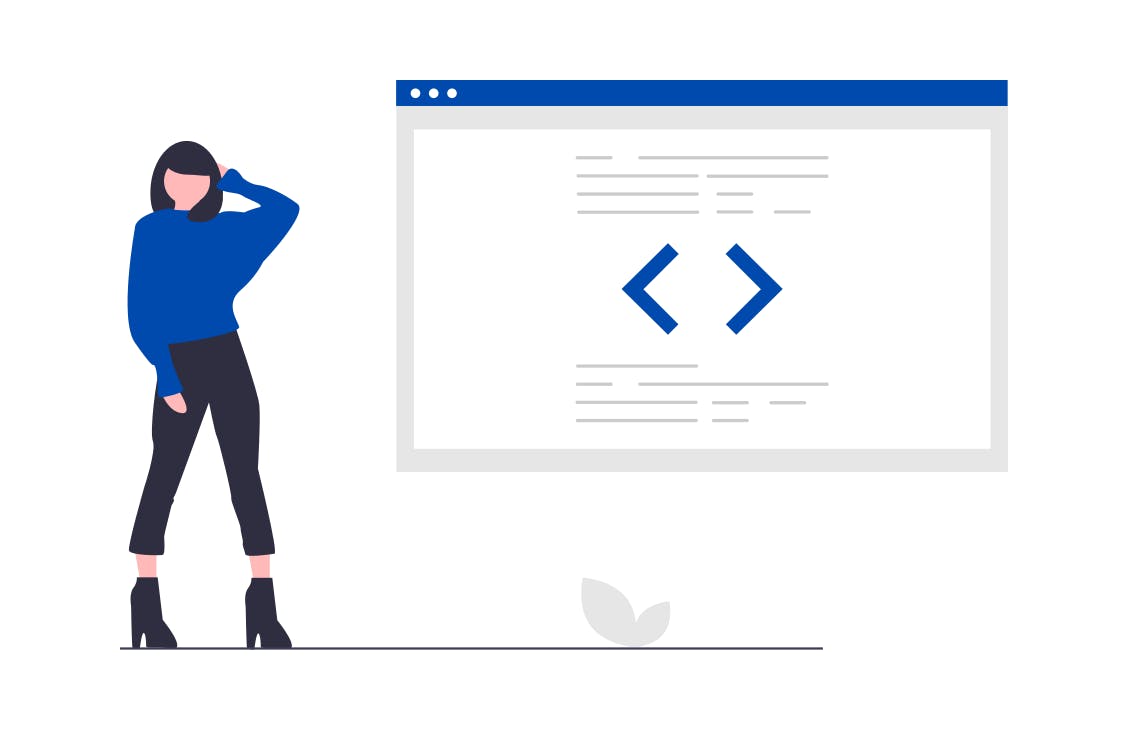
When was the last time you just sat down and coded, without worrying whether you were getting things “right”?
Practice makes perfect and the only way to truly become a better coder is to start doing it. Tutorials are a great place to start, but they can only take you so far.
I hope these five tips will help you gain the confidence to break out of the tutorial cycle once and for all and start flexing those creative muscles all on your own.
Happy coding!

